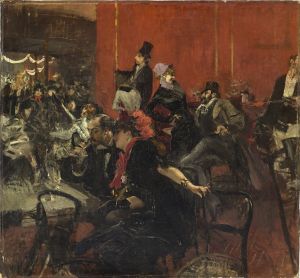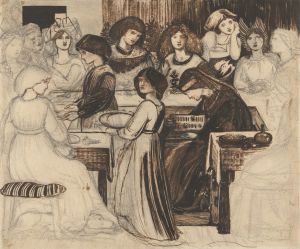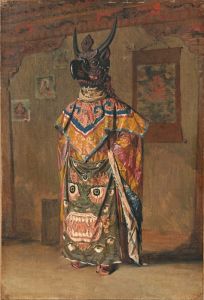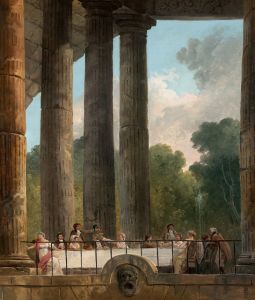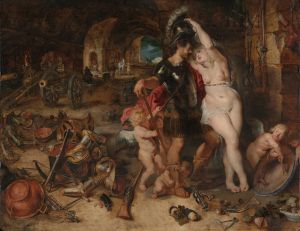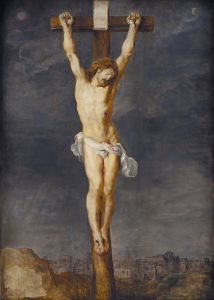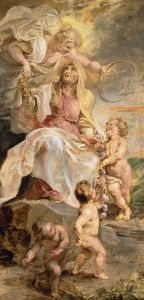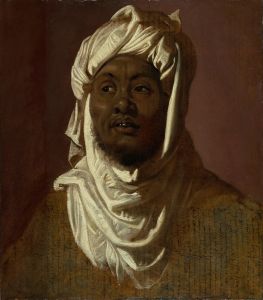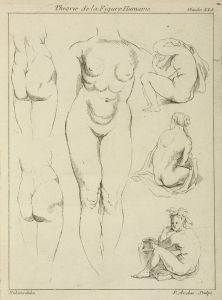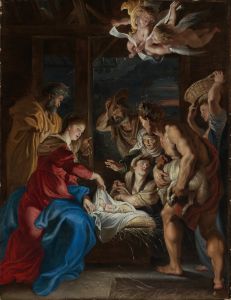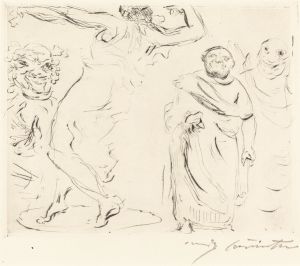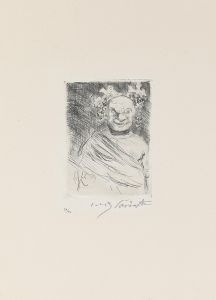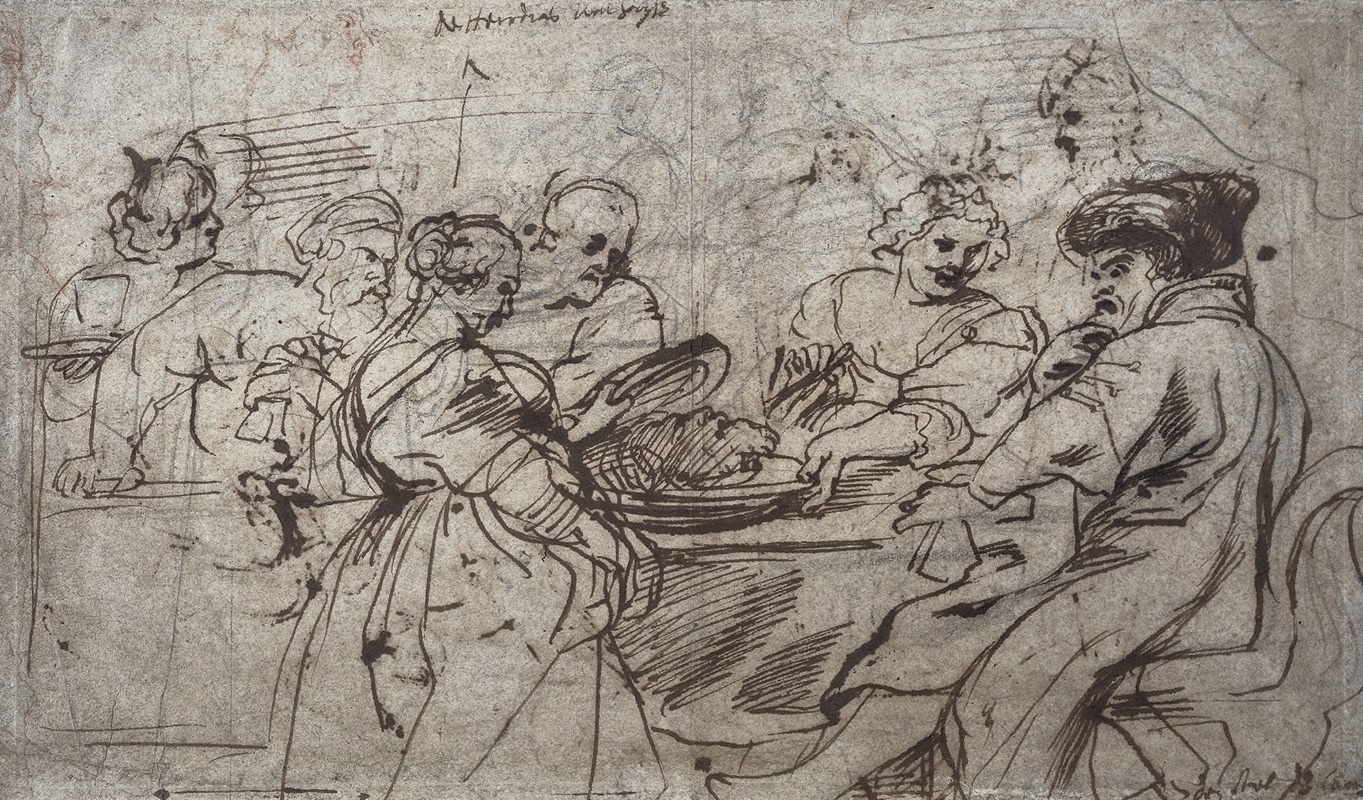
The Feast of Herod
A hand-painted replica of Peter Paul Rubens’s masterpiece The Feast of Herod, meticulously crafted by professional artists to capture the true essence of the original. Each piece is created with museum-quality canvas and rare mineral pigments, carefully painted by experienced artists with delicate brushstrokes and rich, layered colors to perfectly recreate the texture of the original artwork. Unlike machine-printed reproductions, this hand-painted version brings the painting to life, infused with the artist’s emotions and skill in every stroke. Whether for personal collection or home decoration, it instantly elevates the artistic atmosphere of any space.
"The Feast of Herod" is a painting by the renowned Flemish Baroque artist Peter Paul Rubens. Created in the early 17th century, this work exemplifies Rubens' mastery of dramatic composition, vibrant color, and dynamic movement, characteristics that define much of his oeuvre. The painting depicts a scene from the New Testament, specifically the beheading of John the Baptist, a popular subject in Christian art due to its dramatic and emotional intensity.
In the narrative, Herod Antipas, the ruler of Galilee, is hosting a banquet. During the feast, Salome, the daughter of Herodias, performs a dance that so pleases Herod that he promises to grant her any wish. At her mother Herodias's behest, Salome requests the head of John the Baptist on a platter. Herod, though reluctant, fulfills her request. Rubens captures this moment with his characteristic flair for drama and emotion.
Rubens' composition is notable for its dynamic arrangement and the emotional expressions of the figures. The painting likely features a richly set banquet scene, with Herod, Salome, and other figures engaged in a tense and dramatic moment. Rubens' use of color and light would typically enhance the emotional impact of the scene, drawing the viewer into the narrative.
The work reflects Rubens' deep understanding of human anatomy and his ability to convey complex emotions through facial expressions and body language. His training in Italy, where he studied the works of Renaissance masters such as Michelangelo and Caravaggio, greatly influenced his style. This influence is evident in the dramatic chiaroscuro and the robust, muscular figures that populate his paintings.
Rubens was a prolific artist whose works were in high demand among the European nobility and clergy. His studio in Antwerp was a hub of artistic activity, producing numerous paintings that were distributed across Europe. "The Feast of Herod" would have been created during a period when Rubens was at the height of his career, producing works that combined his Northern European artistic heritage with the grandeur and dynamism of Italian Baroque art.
While specific details about the provenance and current location of "The Feast of Herod" by Rubens are not provided here, his works are held in major museums and collections worldwide. Rubens' influence on subsequent generations of artists was profound, and his works continue to be studied and admired for their artistic and historical significance.
Overall, "The Feast of Herod" exemplifies Rubens' ability to bring biblical stories to life with his dynamic compositions and emotional depth, making it a significant work within his extensive body of art.





